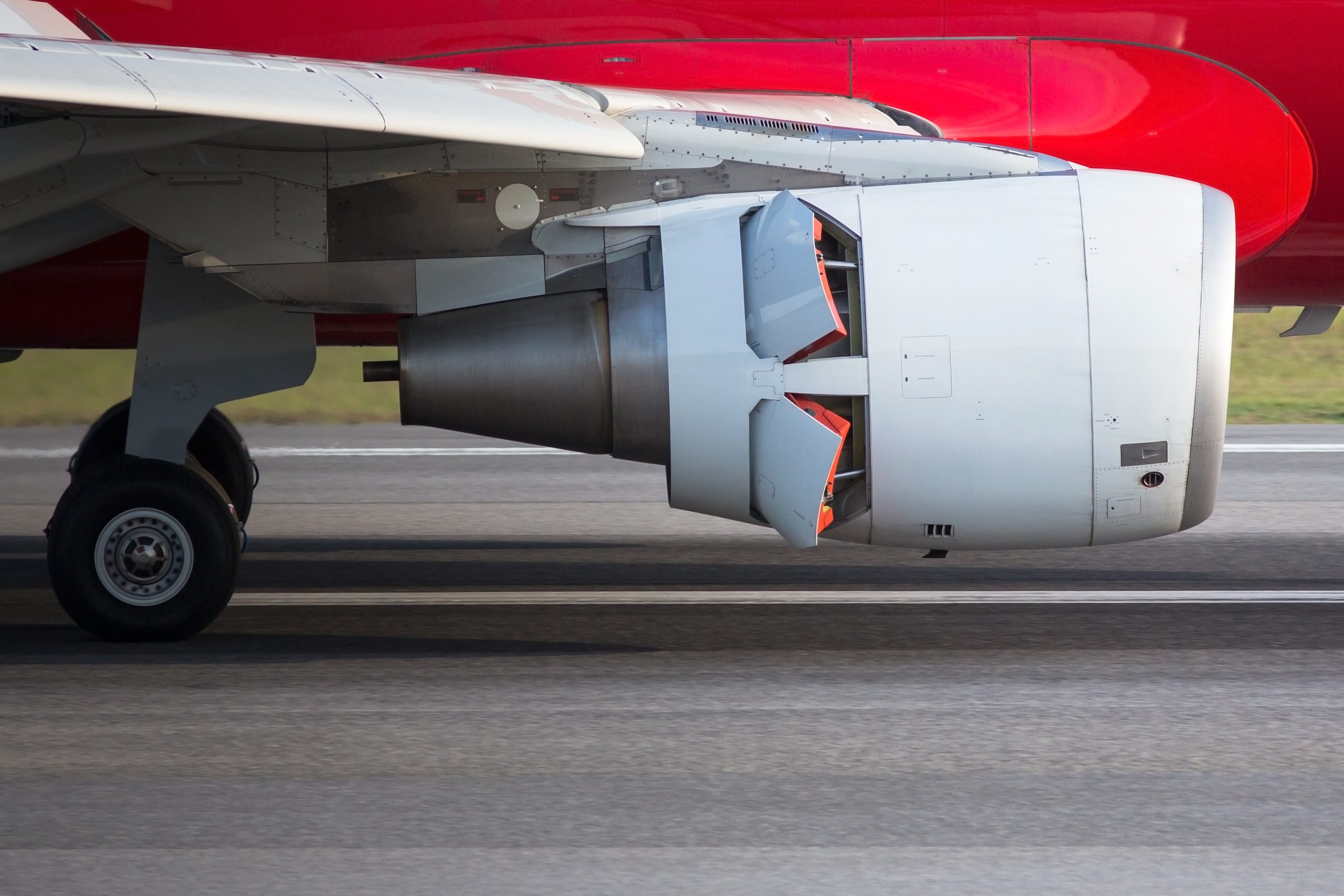AEROSPACE
Our Products
FLEXIBLE SHAFTS
Flexible shafts transmit rotary motion much like a solid shaft, but can be routed over, under and around obstacles where a solid shaft cannot be used. Ideal for use in an aircraft, Elliott flexible shafts have a unique, robust design that addresses the special conditions like extreme temperature ranges, chemicals, moisture, intense torque load and continuous operation at high speeds.
Flex shafts are available in a broad range of materials, core constructions and sizes. Elliott can design and produce complex parts, including unique interface designs.
CONTROL CABLES
Elliott control cable assemblies are available in countless variations including groove or bulkhead end configurations. Among our standard end fittings, we offer built-in swivels that allow for an 8-degree deflection on each side of center, with a conical deflection of nearly 20 degrees in total to accommodate control arm movement. Control cables are available in 30-, 40-, 60- and 80-series cables.
Cable size is determined within our engineering department, through testing, experience and based on the length of the cable, normal and extreme usage, resistance, operating life and conditions.

Why choose an Elliott design?
Elliott flex shafts will effectively and reliably transmit power to a driven element that must move during operation for a high degree of freedom in the location of drive sources.
Elliott’s in-house capabilities compress the design-to-manufacture timeline. We are vertically integrated, including proprietary core winding equipment, advanced casing manufacturing processes and sophisticated machining capabilities.
We ensure quality by complying with inspection plans and methods, and a customer-approved acceptance test procedure. We also are industry certified (ISO, DEFAR, BAA, ITAR, AS9100 and CAGE codes).
Customer Resources
As a global leader in flexible shaft systems, with more than 90 years of rotational power experience, you’ll find our product portfolio has evolved to include all types of systems.
FAQs
Visit our FAQ page to learn more.
A flex shaft is a complete mechanism capable of transmitting rotary power or motion between two points that need not be co-linear. Flex shafts are available in a wide range of configurations and materials to meet your needs. Flex shafts are very durable and can operate in demanding environments, even if continuous operation at very high speed is required. There are two primary types of flex shafts:
- Power drive: Designed for continuous operation at speeds exceeding 100 RPM where torque is carried in one direction of rotation. It may also be used where intermittent operation is an application requirement.
- Remote control: Designed for intermittent operation at speeds of 100 RPM or less. Remote Control Flex Shafts generally handle higher torque loads than Power Drive Flex Shafts and can rotate either clockwise or counterclockwise without adverse effects.
Generally, a flex shaft is made up of the following:
- Core: Wire wound in layers in opposing directions around a center wire.
- Casing: Flexible conduit that supports the core during operation. Many of Elliott’s flex shafts come with a casing comprised of a steel liner, steel and cloth reinforcing braids and an elastomer cover.
- Motor connection: This is what attaches the flex shaft to a power source. There are many different motor connections ranging from the simple single fitting to a more complex multi-faceted system.
- Fitting: A core fitting is attached directly to the core to mate to the power source.
- Ferrule: A ferrule attaches to the casing to support it in a uniform bend and to keep it from rotating.
Some systems will have each of these components while others may only have a few.
We can help you determine if the torque, speed and environment of your application are appropriate for a flex shaft. Visit our Markets pages to learn more about how our products are used.
Our Core Specifications is a good place to start. You should know the power you need to transmit, operating speed, direction of rotation, minimum bend radius and torsional deflection. We can figure it out for you if you need help.
Contact Elliott
Can’t find the answer to your question or need more detail? Elliott’s customer service team is here to support you. Please contact us for assistance.




